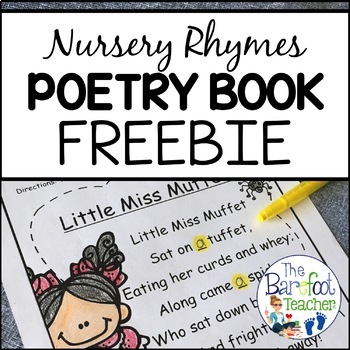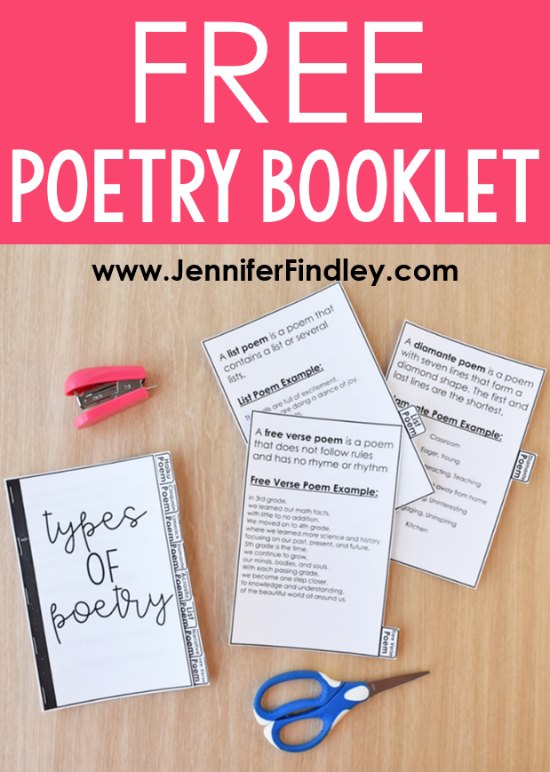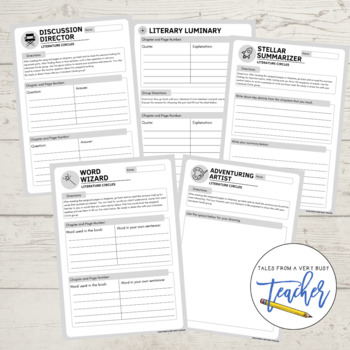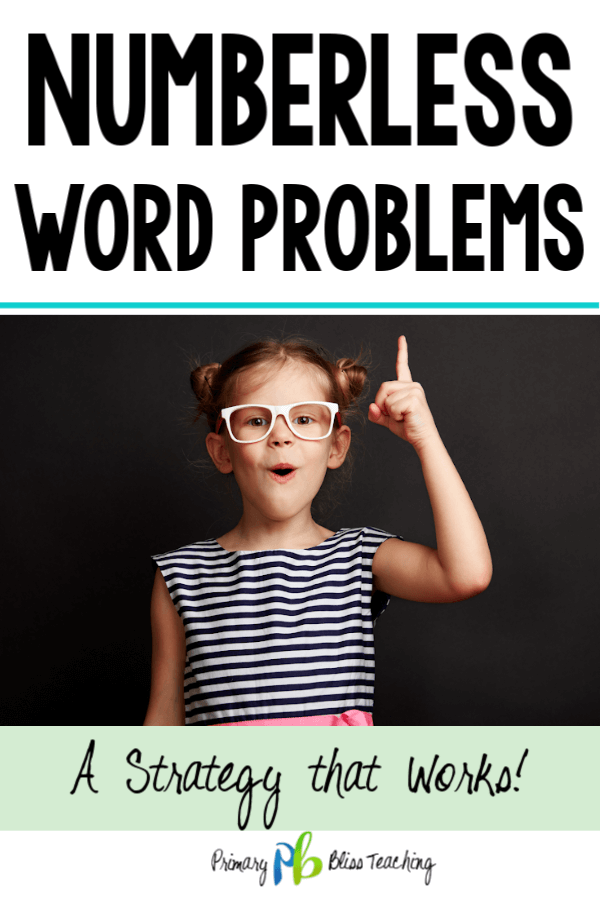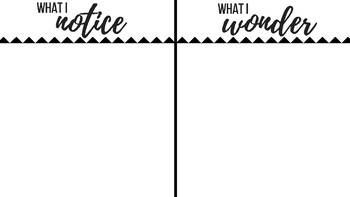POETRY!
The amazing thing about poetry is its versatility! Poetry can be taught in reading, writing, and language. It also can support math, science, and social studies! Poetry easily follows a theme and can be part of our morning meetings or shared reading times in the classroom.
I loved using poetry during our study of fairy tales. My 2nd-grade students jumped at the chance to write shape poems about Goldilocks and the Three Bears.
Students will be able to explore language through rhyme while also supporting grammar, sentence structure, and parts of speech. Poetry also builds vocabulary by exposing them to words they have not heard before.
Older students can begin to analyze poems. Watch this short video that will walk you through 5 simple steps.
This video is a great explanation of the structure of a poem. Click below to view!
Check out these freebies on Teachers Pay Teachers! Lots of goodies to get you started!
Her poetry BINGO is super fun too!
Be sure to check it out!
Teaching poetry is so powerful and it can be pushed out to support so many different curriculum areas! Think-your READ centers!





